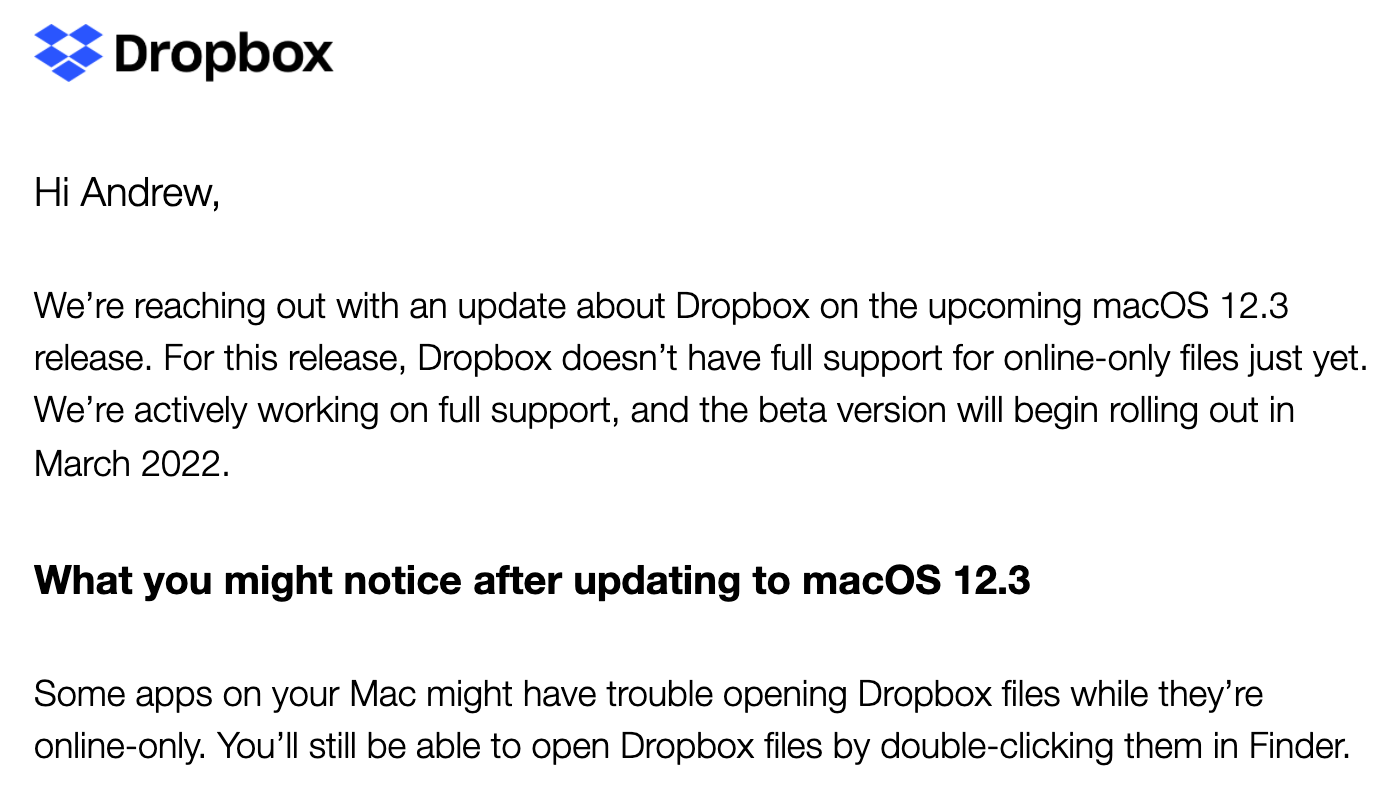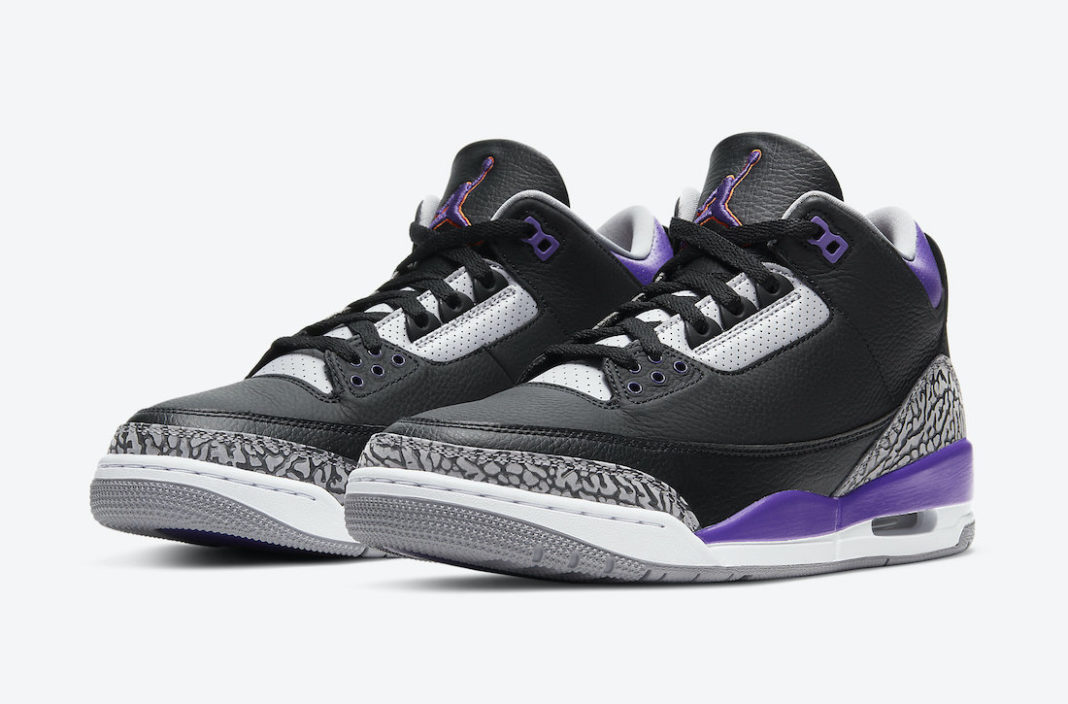

To ensure that policies do not reflect racial bias and continue to perpetuate race-biased outcomes, it is important to consider the demographic, drug use, and service need differences between Black and White drug offenders. We need race-specific research that is sensitive to differences among offenders in their drug trade involvement to understand the impact of our criminal justice policies.

Such contrasting policy responses have prompted some to raise the question of racially biased motivations and their implications ( Mauer 2016).
BLACK AND WHITE 3 RELEASE CRACK
The response to the current opioid epidemic, a public health crisis with a “white face,” has been contrasted to the crack epidemic that hit Black communities hard in the 90s and was met with war tactics in affected communities rather than compassion for offenders ( Yankah 2016). The Comprehensive and Addiction Recovery Act of 2015 will be considered by Congress to help states address the dramatic increases in prescription opioid and heroin use in the United States through prevention and rehabilitation efforts. Many are advocating for the return of the rehabilitative role in judicial and correctional efforts as it relates to drug-related offenders ( National Institute on Drug Abuse 2014). Local police and state governments are alarmed and are working to address the epidemic as a health issue, reexamining criminal justice policies and the decades-long emphasis on punishment ( Seelye 2016). While a decades-long war on drugs has ravaged Black communities, lately attention has turned to the recent surge in heroin and painkiller use and overdose among Whites, particularly those in suburbs. This literature demonstrates greater likelihood of Black involvement in the criminal justice system through policing practices and sentencing policies for drug-related crime, differences in sentencing practices and case processing, and the heightened disadvantage Blacks face once they are removed from their communities, and upon return, as labeled felons and drug offenders. They have explored racial bias in the criminal justice system and criminal justice outcomes, including police practices, arrest rates, convictions, sentence lengths, diversionary opportunities, and community supervision judicial policies and laws such as precedent-setting court cases and mandatory minimum sentences and media trends and their influence on public opinion. Accordingly, researchers and policy analysts have sought to understand both the causes and effects of the nation’s war on drugs and its implications for racial equality ( Ghandoosh 2015 Travis, Western, & Redburn 2014 Alexander, 2012 Drucker 2013 Mauer 2006). In 2011, Blacks were incarcerated at a dramatically higher rate than Whites (5–7 times) and accounted for almost half of all prisoners incarcerated with a sentence of more than one year for a drug-related offense ( Carson and Sabol 2012). The overwhelming increase in incarceration, attributed to the drug war, has disproportionately impacted Black communities.


 0 kommentar(er)
0 kommentar(er)
